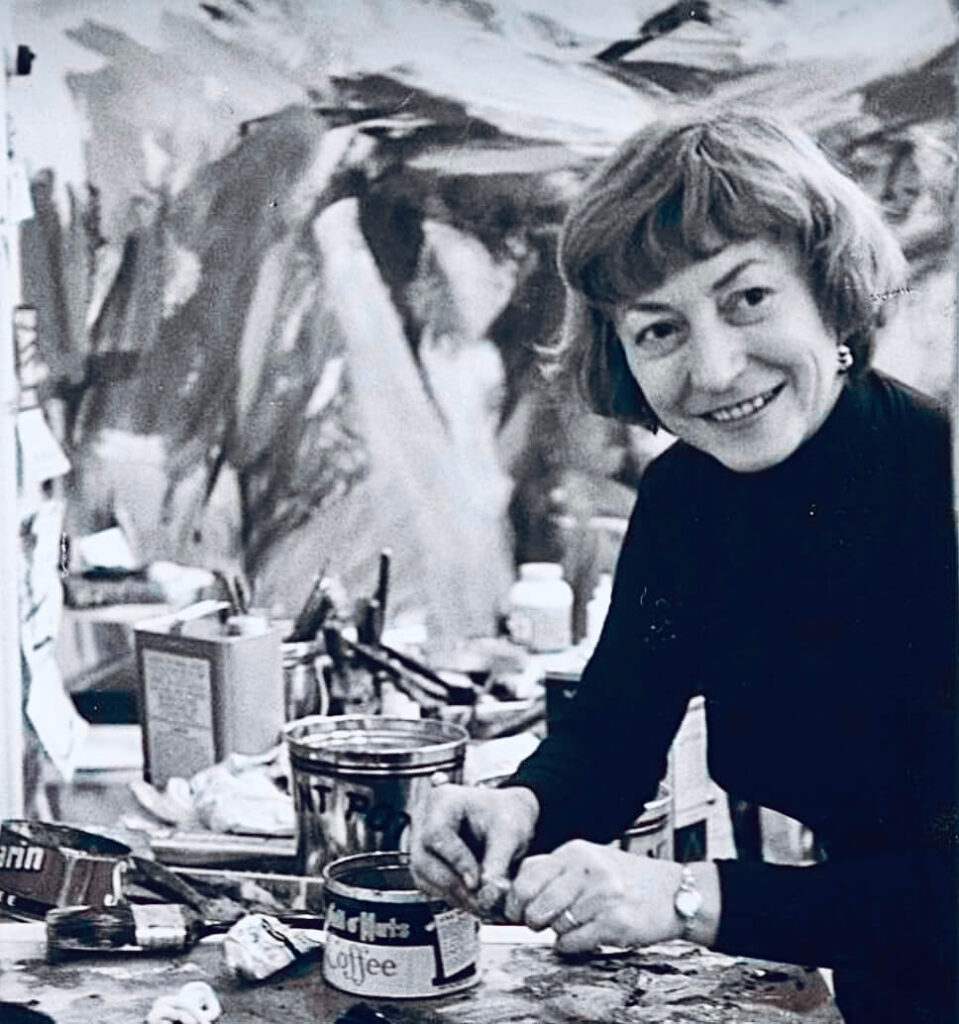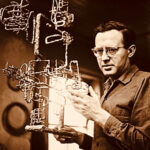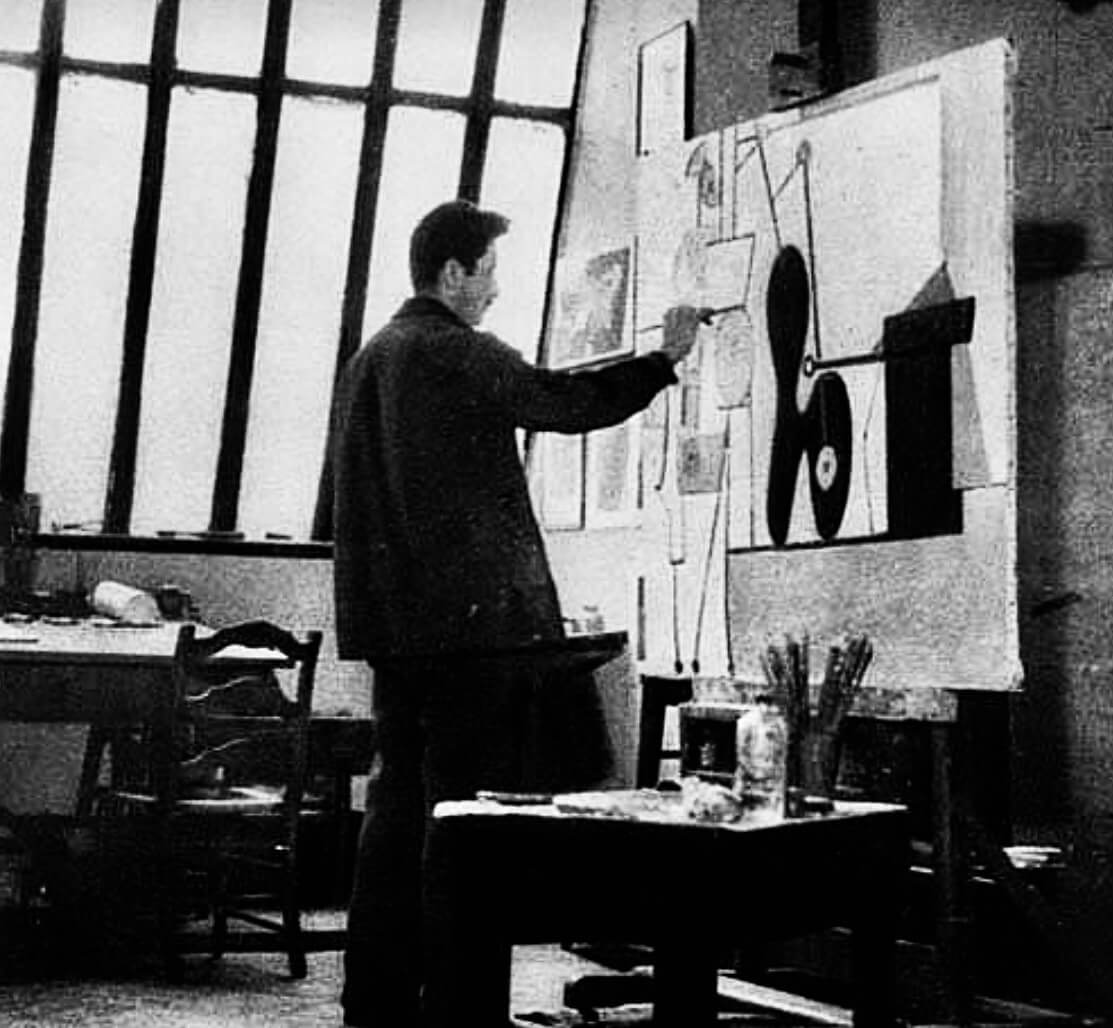Elaine de Kooning
Elaine de Kooning, an influential figure in the Abstract Expressionist movement, is celebrated for her dynamic portraits and vibrant abstract works. As both an artist and an art critic, she played a significant role in shaping the direction of modern art in America. This article delves into de Kooning’s life, artistic journey, and highlights three of her most notable works.

Early Life and Education
Elaine Marie Catherine Fried was born on March 12, 1918, in Brooklyn, New York. She showed an early interest in art, and her talent was encouraged by her mother, who was an artist herself. Elaine attended Erasmus Hall High School, where she excelled in her studies and was actively involved in the art club.
In 1937, she enrolled at Hunter College in Manhattan, where she studied under the renowned artist and educator, Robert Blackburn. Blackburn’s teachings had a profound impact on Elaine, inspiring her to pursue a career in art. After graduating, she continued her studies at the American Artists School and the Leonardo da Vinci Art School, where she honed her skills in drawing and painting.
Meeting Willem de Kooning
Elaine’s life took a pivotal turn in 1938 when she met Willem de Kooning, a Dutch-American painter who would become a central figure in the Abstract Expressionist movement. The two married in 1943, and their relationship had a significant impact on both of their careers. Elaine’s artistic style evolved under Willem’s influence, and she became an active participant in the New York City art scene.
Artistic Evolution and Style
Elaine de Kooning’s work is characterized by its energetic brushwork, vibrant colors, and dynamic compositions. She was equally adept at both figurative and abstract painting, often blending elements of both in her work. Her early works were heavily influenced by Cubism and Surrealism, reflecting her admiration for artists like Pablo Picasso and Joan Miró.
During the 1950s, Elaine became associated with the Abstract Expressionist movement, which emphasized spontaneous, automatic, or subconscious creation. Her paintings from this period are marked by their bold, gestural brushstrokes and a vibrant palette of colors. Unlike many of her contemporaries, Elaine was known for her portraits, capturing the essence and personality of her subjects with remarkable intensity and vitality.
Notable Works
1. “John F. Kennedy” (1963)
One of Elaine de Kooning’s most famous works is her series of portraits of President John F. Kennedy. In 1962, she was commissioned to paint Kennedy’s portrait for the Truman Library. Elaine spent several months at the White House, observing and sketching the President. The resulting paintings are characterized by their dynamic brushwork and vibrant colors, capturing the charisma and energy of the young President.
The most notable painting from this series is her 1963 portrait of Kennedy, which remains one of the most iconic images of the President. The painting features bold, gestural strokes and a vivid palette, conveying a sense of movement and vitality. Elaine’s ability to capture Kennedy’s personality and presence made this work a significant achievement in her career.
2. “Bullfight” (1960)
“Bullfight” is a striking example of Elaine de Kooning’s ability to blend abstraction with figuration. The painting, inspired by her travels to Mexico and Spain, captures the drama and intensity of a bullfight. The composition is dynamic, with swirling lines and bold colors that convey a sense of movement and excitement.
This work reflects Elaine’s fascination with the human figure and her ability to capture the essence of her subjects. The abstract forms and vibrant colors create a sense of energy and tension, making “Bullfight” one of her most powerful and evocative works.
3. “Self-Portrait” (1946)
“Self-Portrait” is a deeply personal work that reflects Elaine de Kooning’s exploration of her own identity as an artist. The painting features bold, gestural brushstrokes and a dynamic composition, capturing the intensity and determination of the artist. The use of vibrant colors and abstract forms creates a sense of movement and energy, reflecting Elaine’s own passionate approach to her work.
This self-portrait is significant not only for its artistic merit but also for its insight into Elaine’s own self-perception and her place within the male-dominated art world of the time. The painting is a powerful statement of her confidence and her commitment to her art.
Techniques and Innovations
Elaine de Kooning’s work is marked by her innovative use of color and form, as well as her ability to capture the essence of her subjects. Her portraits are characterized by their dynamic brushwork and vibrant palette, creating a sense of movement and vitality. Elaine often worked quickly, using loose, gestural strokes to capture the personality and presence of her subjects.
In her abstract works, Elaine employed a similar approach, using bold colors and dynamic compositions to convey emotion and energy. Her ability to blend abstraction with figuration set her apart from many of her contemporaries, allowing her to create works that were both visually striking and deeply expressive.
Personal Life and Influence
Elaine de Kooning’s personal life was closely intertwined with her artistic career. Her marriage to Willem de Kooning was both a source of inspiration and challenge, as the two artists influenced and supported each other’s work while also navigating the complexities of their relationship. Despite the ups and downs of their marriage, Elaine maintained her own artistic identity and achieved significant recognition in her own right.
Elaine was also an influential art critic and writer, contributing to publications such as Art News and Art in America. Her writings helped to shape the discourse around Abstract Expressionism and modern art, further establishing her as a key figure in the art world.
Recognition and Legacy
Elaine de Kooning’s contributions to modern art are widely recognized and celebrated. Her works are held in major museums and collections around the world, including the Museum of Modern Art in New York, the National Portrait Gallery in Washington, D.C., and the Whitney Museum of American Art. Her influence extends beyond her own generation, impacting subsequent generations of artists who continue to explore the possibilities of abstraction and figuration.
Elaine’s legacy is marked by her fearless exploration of new styles and themes, her commitment to capturing the essence of her subjects, and her profound impact on the development of modern art. Her work continues to inspire and challenge artists and viewers alike, reflecting her enduring relevance and significance in the art world.
Conclusion
Elaine de Kooning was a pioneering artist whose work spanned several styles and movements, from early figurative painting to Abstract Expressionism. Through her most notable works, such as “John F. Kennedy,” “Bullfight,” and “Self-Portrait,” Elaine explored the complexities of identity, society, and the human condition. Her innovative techniques, bold thematic explorations, and profound influence on subsequent generations of artists ensure her lasting legacy in the history of modern art.



